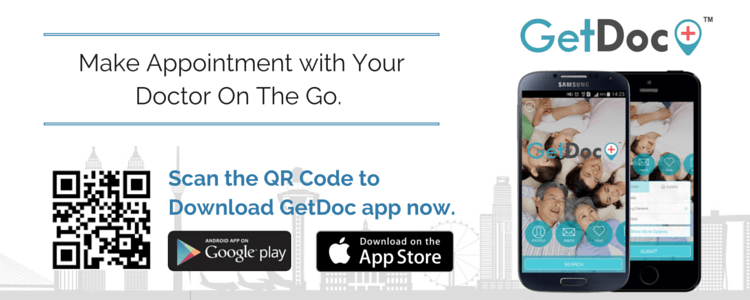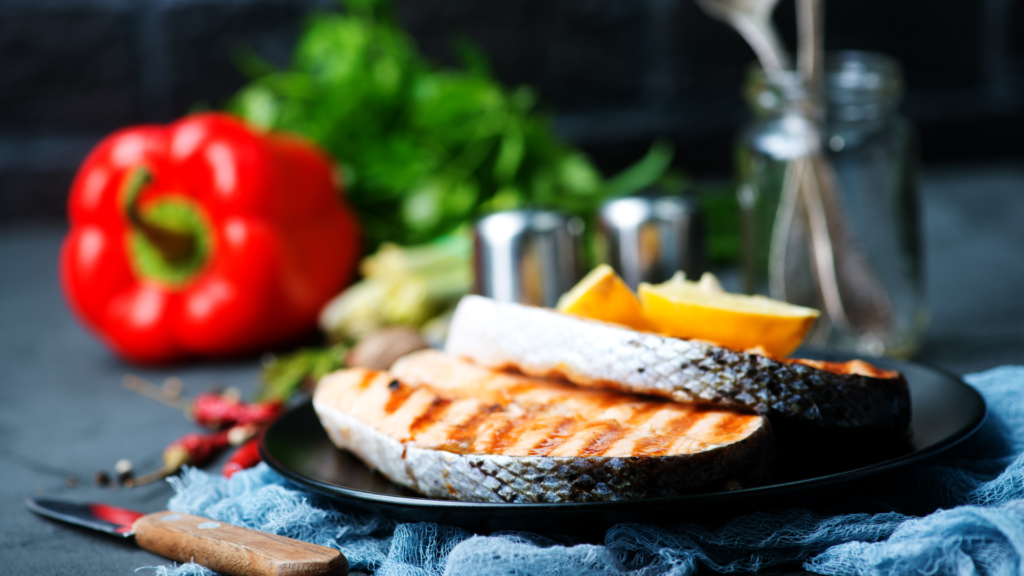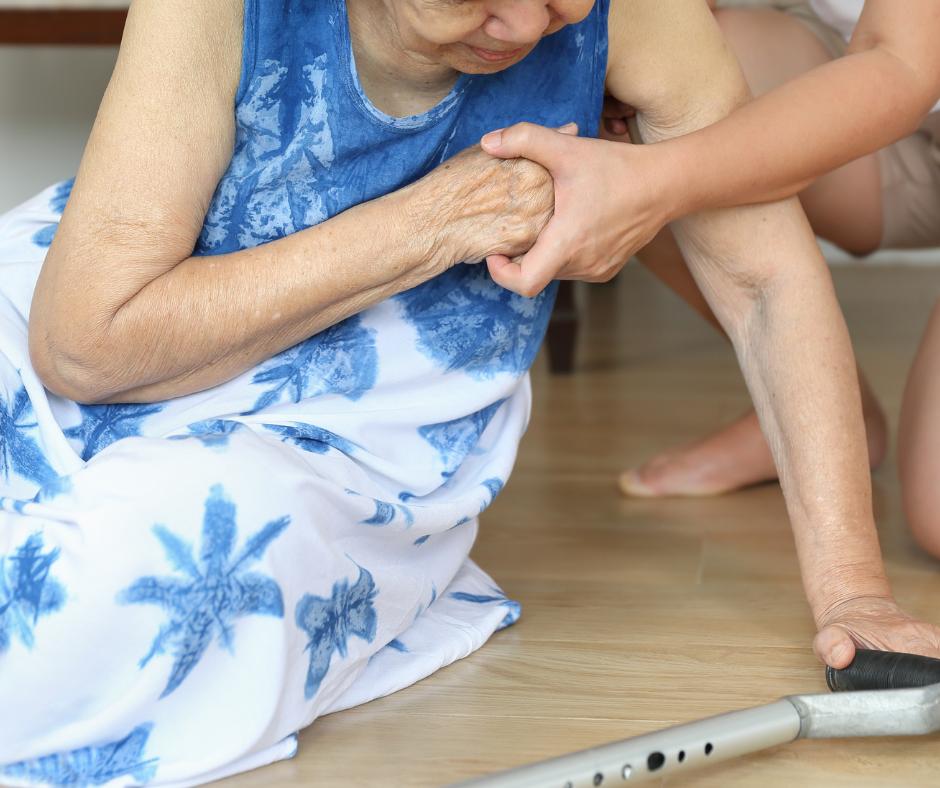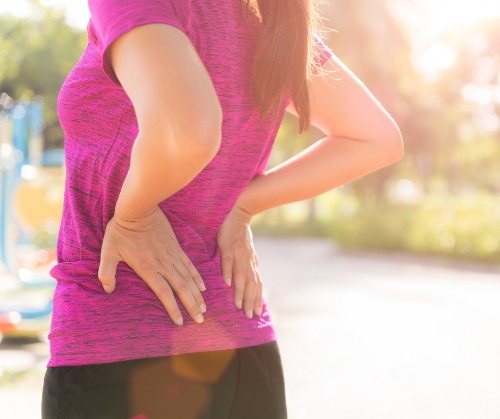SHARES
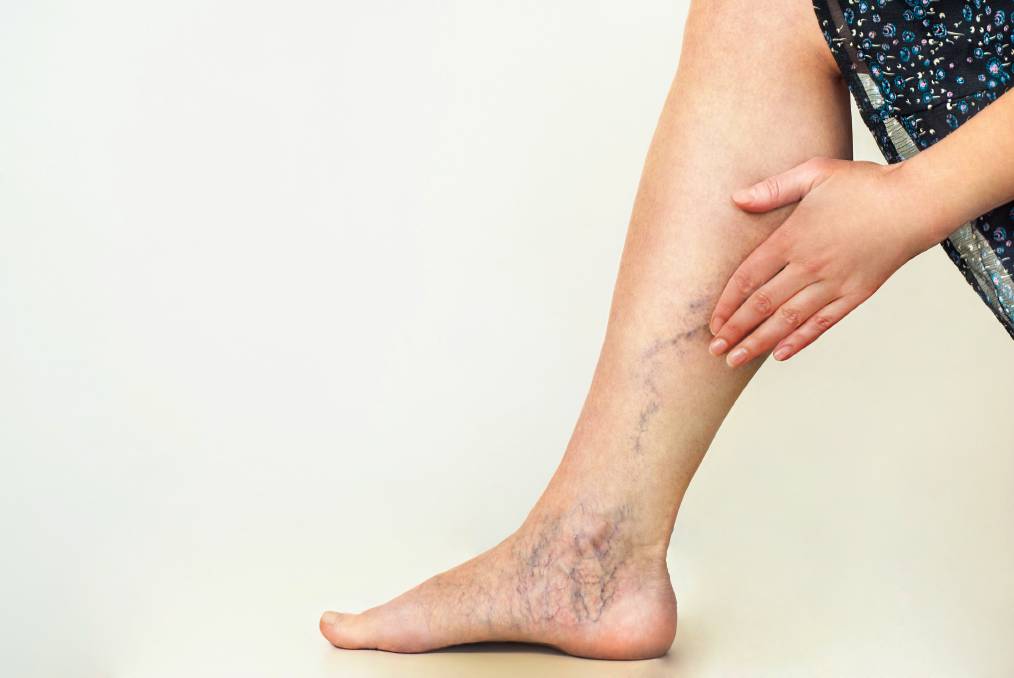
Varicose veins are characterised by veins that enlarge and swell as they become engorged with blood. These veins usually appear as prominent dark purple or blue blood vessels on the thigh and calf. Other symptoms include swelling in ankles or feet and sore or heavy legs, especially after prolonged standing. It was reported that one in four people is found have varicose veins. In addition, women are twice more likely to suffer from this condition as compared to men.
In simple terms, varicose veins occur due to faulty valves in the veins. Veins bank on surrounding muscles and valves to push blood back to the heart. When these valves are working properly, these cup-like valves allow a one-way blood flow through the veins. When these valves fail, blood can pool in the veins. Eventually, the veins bulge and twists due to increasing venous pressure and congestion.

Faulty valves in varicose veins (Source: WebMD)
The likelihood of varicose veins increases with excessive pressure on the legs or abdomen. Common pressure inducers include pregnancy, obesity, prolonged standing or sedentary lifestyle. As veins weaken with age, the older folks are also at higher risk of varicose veins. Other risk factors include previous leg injury and family history of varicose vein.
Superficial blood clots (superficial thrombophlebitis/phlebitis or superficial venous thrombosis), can occur with varicose veins. As a result, the affected vein and tissues are inflamed with redness, swelling and pain.
How are varicose veins and deep vein thrombosis related?
Deep vein thrombosis (DVT) is blood clot that develop in the major deep vein of the leg, thigh, pelvis or arm. Clots from DVT break off and travel to other parts of the body. When it dislodges at the lung, it can cause potentially life-threatening pulmonary embolism. On the other hand, superficial clots from varicose veins only affects the surrounding tissue, as it will not detach and travel elsewhere.
A recent study observed that DVT is five times more likely to occur among people with varicose veins. This may reflect that both conditions share similar risk factors. In addition, both varicose veins and DVT have similar symptoms, with DVT being more acute. Nevertheless, alert your doctor if you observe these warning symptoms for DVT:
- Leg pain or swelling, especially if it happens suddenly
- Reddish discolouration on affected vein or leg
- Skin that feels warm to touch
Tips to prevent and treat varicose veins?
The treatment for mild varicose veins is rather conservative. Generally, lifestyle changes are recommended to prevent formation of new varicose veins and worsening of existing ones.
These lifestyle tips include:
- Avoid prolonged standing
- Reduce weight or maintain a healthy weight
- Exercise to improve circulation
- Wear compression stockings
However, immediate medical attention is necessary if there is ulceration and discolouration of surrounding skin or unexplained persistent pain. Sometimes, medical procedures might be necessary to improve the condition.
Conclusion:
Varicose vein is a common condition with visible bluish veins that happens due to faulty valves. There is a significant link with deep vein thrombosis. If you have varicose veins, you would be are at five times higher risk! The good news is – lifestyle changes is sufficient to treat mild conditions of varicose veins. If you or your loved ones have concerns regarding varicose veins, consult a doctor.
Find a GP/Family Doctor in Malaysia, on GetDoc
Find a GP/Family Doctor in Malaysia, on GetDoc
by Joanne Lee
Multipotentialite. Loves creating and seeing ideas come alive. View all articles by Joanne Lee.
